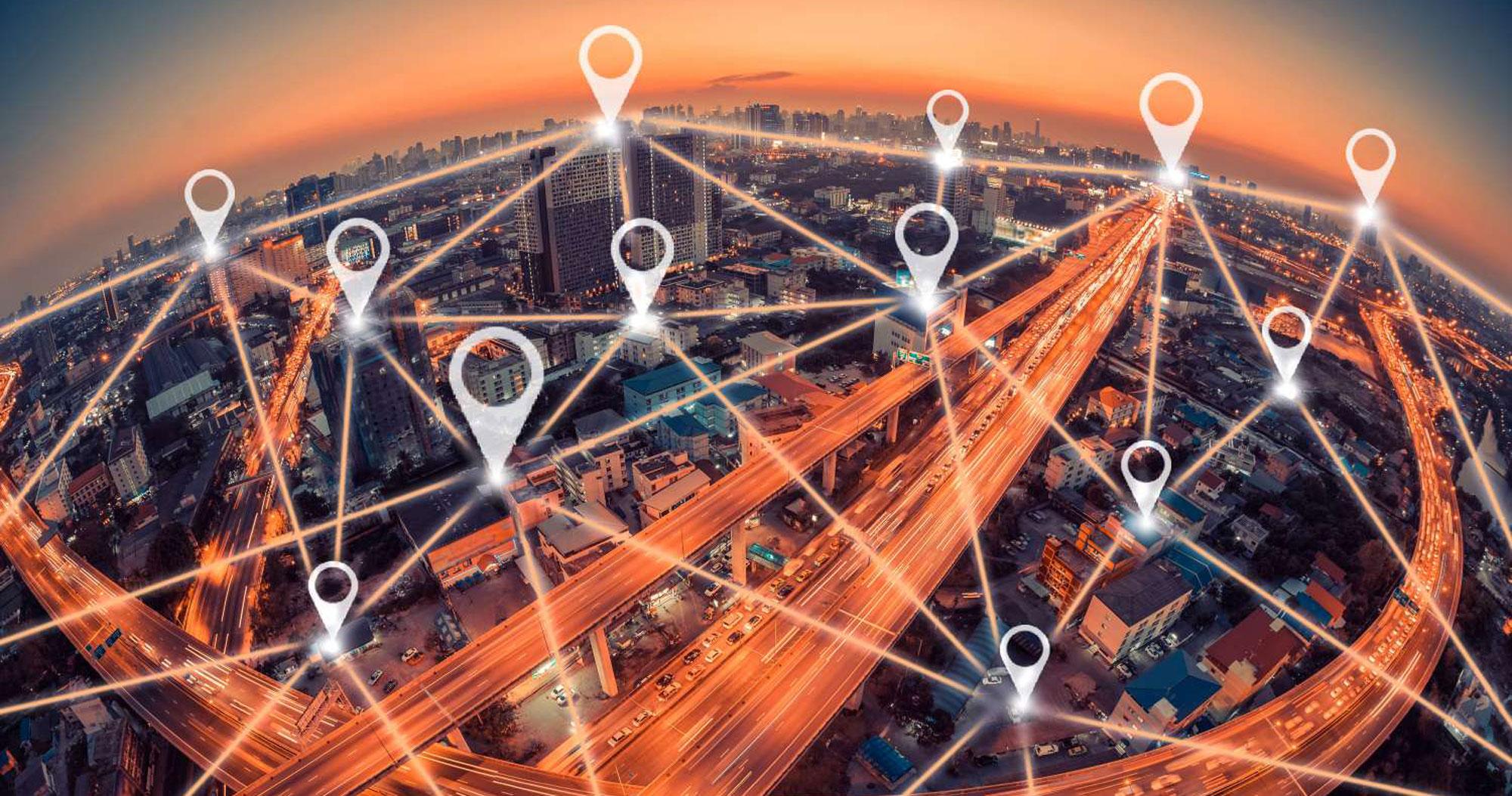
How can analytics mitigate your fire risk?
With global warming, fires have increased rapidly over the last decade. In turn, this has increased risks and complications for energy and utility companies.
For example, Pacific Gas and Energy (PG&E) – California’s largest energy provider – filed for bankruptcy last year following its role in several major wildfires.
CNN reports the utility faced an estimated $30 billion in liabilities from the fires, $7 billion of which came from the Camp Fire, which it is alleged that PG&E likely started when its power line came in contact with nearby trees.
Since then, the defunct utility has been dragged over the coals for ignoring risks in favor of profits for years.
On the other end of the spectrum, Western Power shows how technology can help mitigate fire risk. The Western Australian supplier uses analytical models to avoid situations where its assets could cause bushfires.
It does this by analysing sensor data from across the network, looking at risk factors in weather and other geographical information to predict things like when a fuse might blow. This allows the company to proactively address fire hazards.
Analytics use cases
Australian energy providers and regulators have been closely examining the role analytics can play in mitigating fire risk. Here are several use cases that are applied today, or being considered in future plans.
Predicting asset failure
Energy providers and utilities have become adept at taking in data from across the network and applying analytical models to predict asset failure.
Tools like SAS® Event Stream Processing enable companies to analyse real-time data in the cloud, on premises and in the edge running in substations, or further out in the network.
This is particularly useful for managing vegetation growth. Honeywell uses drones to quickly inspect power lines, then applies artificial intelligence to drone data, showing crews where to focus their vegetation management work.
Optimising standalone power systems
In Western Australia, standalone power systems (SAPS) bring the promise of energy resilience for rural communities while eliminating the need to run power lines long distances through dense vegetation – a major fire hazard.
Analytics can help determine the best areas to install SAPS, and the optimal size and usage based on factors such as weather and solar generation forecasts.
Analytics can also help manage the decentralisation of Australia’s energy supply, according to Dr Jill Cainey, General Manager of Networks at Energy Networks Australia (ENA).
Speaking at the Royal Commission into National Natural Disaster Arrangements, Dr Cainey said network decentralisation perpetuated by SAPS “presents challenges in managing the entire system and distribution networks”.
“If we want to understand what the networks are doing, we need better visibility,” Dr Cainey said.
“This requires better monitoring and better data technically on what’s happening with network equipment.”
Insurance analytics
A side effect of rampant bushfires is higher energy costs for consumers.
According to the ENA, bushfires put pressure on electricity infrastructure, likely leading to increases in retail power prices due to constantly rising insurance costs for electricity networks.
By applying data and analytics to reduce fire risk, energy providers can increase their insurability, thereby keeping costs in check.
The next article in SAS Institute’s Managing Disruption series will examine how Southern California Edison – another energy provider linked to California wildfires – managed to avoid serious fallout from its role in a 2018 fire by showing how it used analytics to drive intelligent decisions around asset planning. As a result, the company wasn’t found liable for its role in the fire.
Predicting climate impacts
The final use case SAS Institute highlights relates to climate. When utilities put together risk management strategies and plan for asset and network investments, they must look 50 years in the future at how climate changes might impact the longevity of their assets.
Energy companies use forecasting technology to understand the potential impact of different climate scenarios.
For example, towers today are engineered to withstand wind gusts of a certain speed.
But what happens if cyclones continue to trend south and bring unforeseen wind speeds several decades in the future? Analytics can help energy providers plan for these circumstances to maximise their investments.
Bushfires remain an unfortunate fact of life for much of Australia, but by using the latest advancements in data and analytics, energy providers can reduce their role in causing bushfires while ensuring energy resilience when fires do occur.
Want to learn more about how AioT, predictive analytics can help your business manage disruption? Download The Artificial Intelligence of Things to learn more.
Recommended reading
-
The importance of data quality: A sustainable approachBad data wrecks countless business ventures. Here’s a data quality plan to help you get it right.
-
Understanding capital requirements in light of Basel IVMany financial firms are already using a popular 2012 PIT-ness methodology for internal ratings-based models. This article examines eight ways the industry is successfully using the methodology – and why this approach can bring synergies for banks, value for regulators, and major competitive advantages.
-
Online payment fraud stops hereBillions of dollars each year are lost to online payment fraud through channels that provide convenient – yet vulnerable – ways to shop and bank. See how to fight back and win with advanced analytics.
Ready to subscribe to Insights now?
